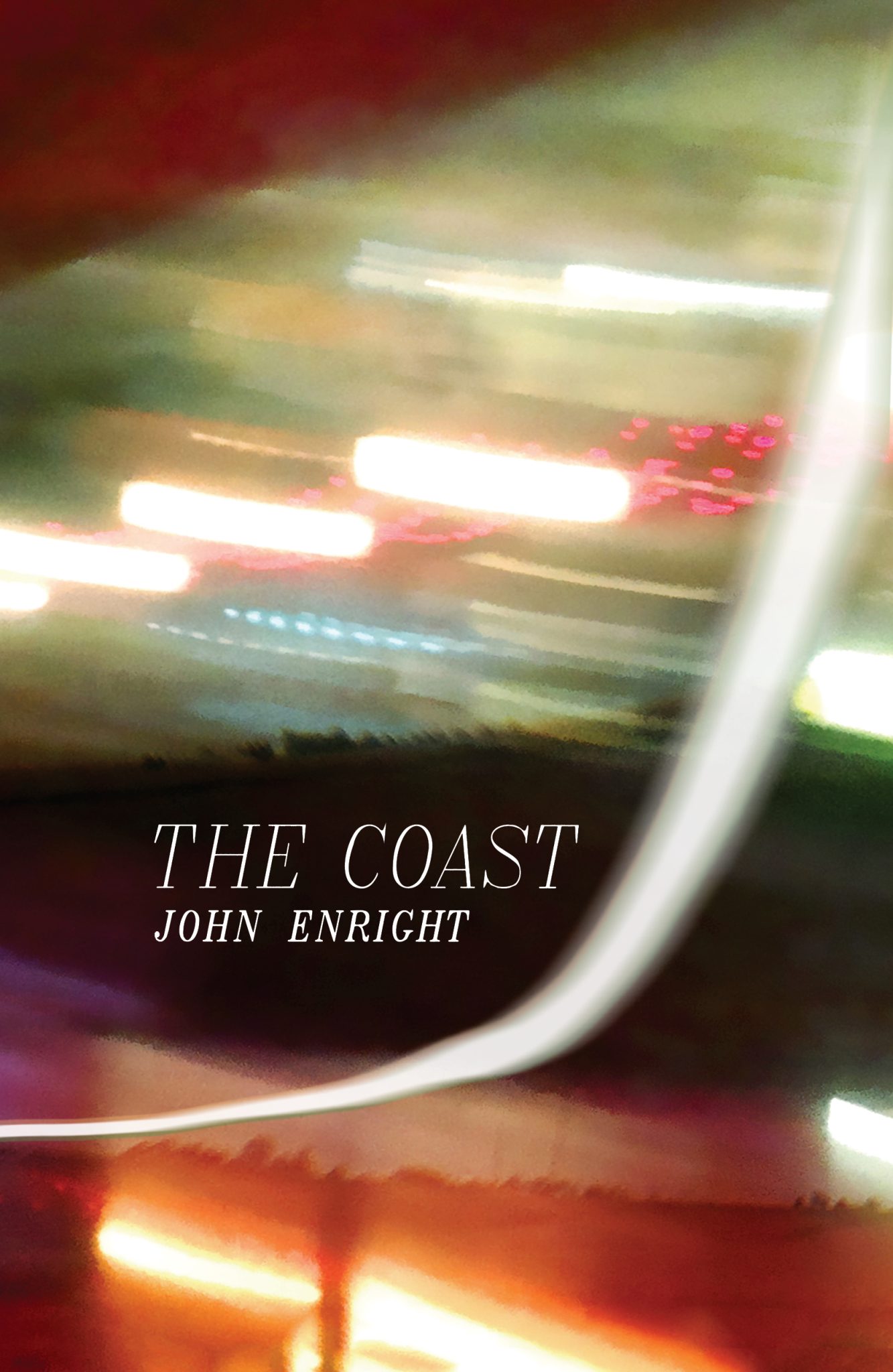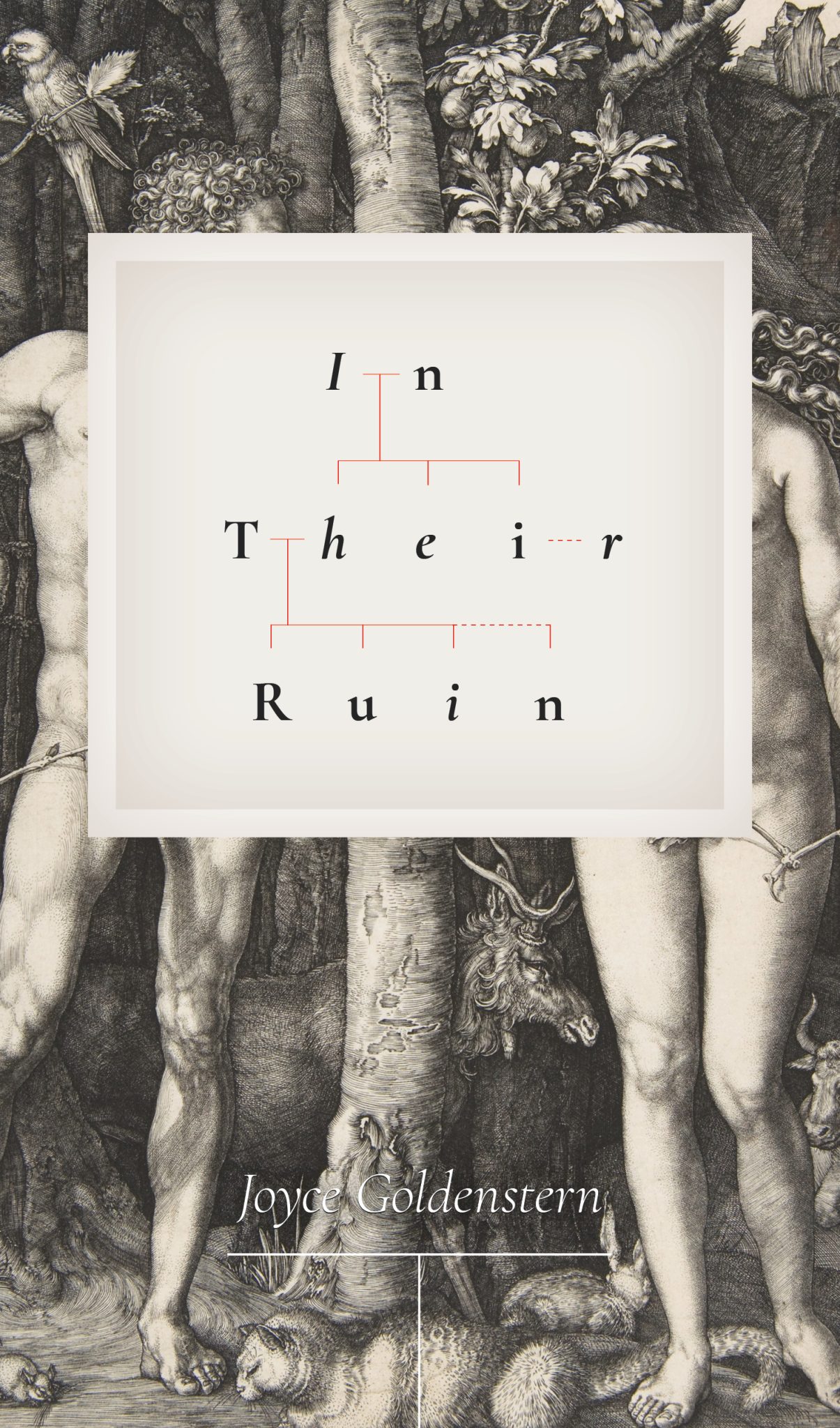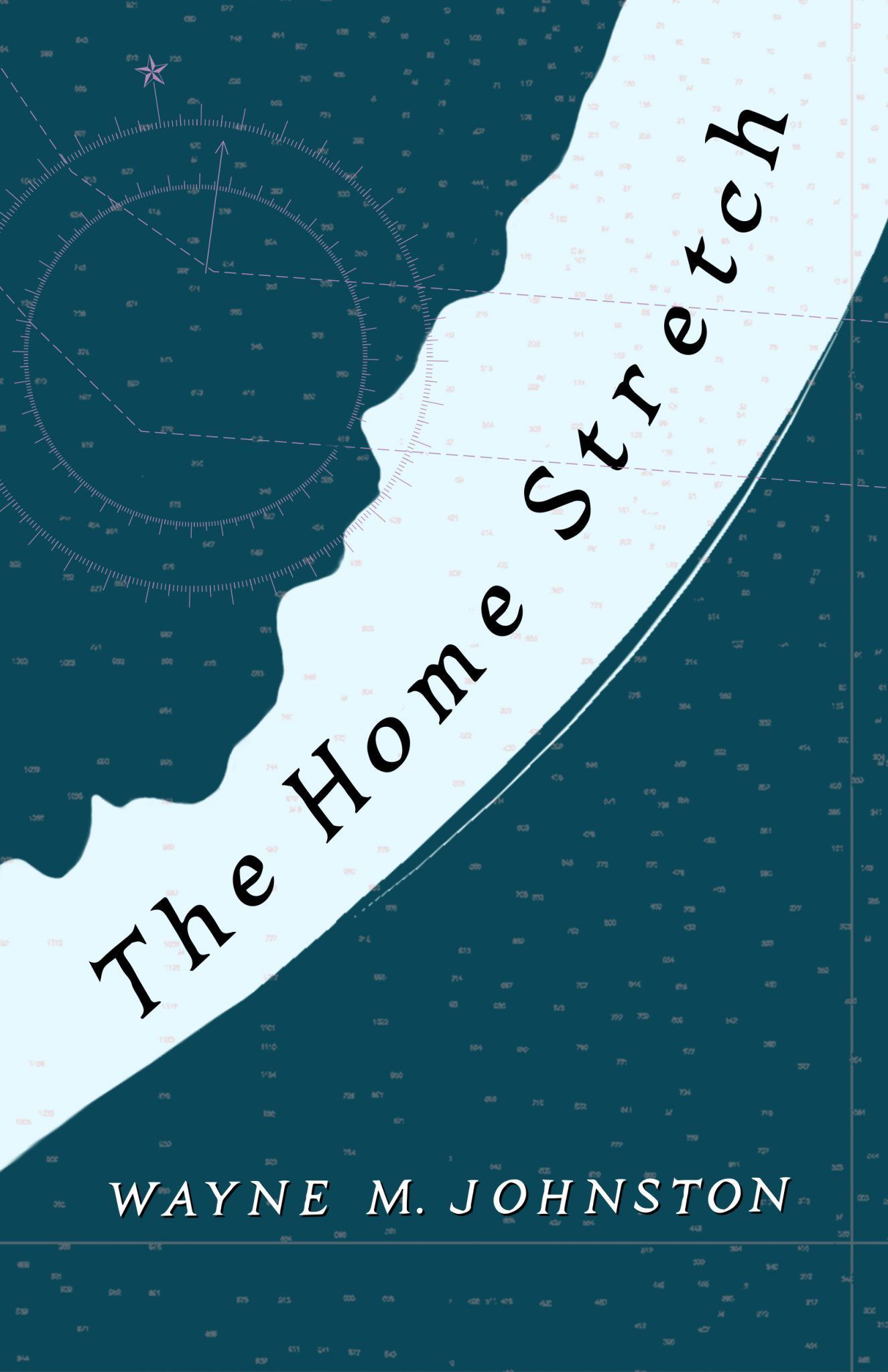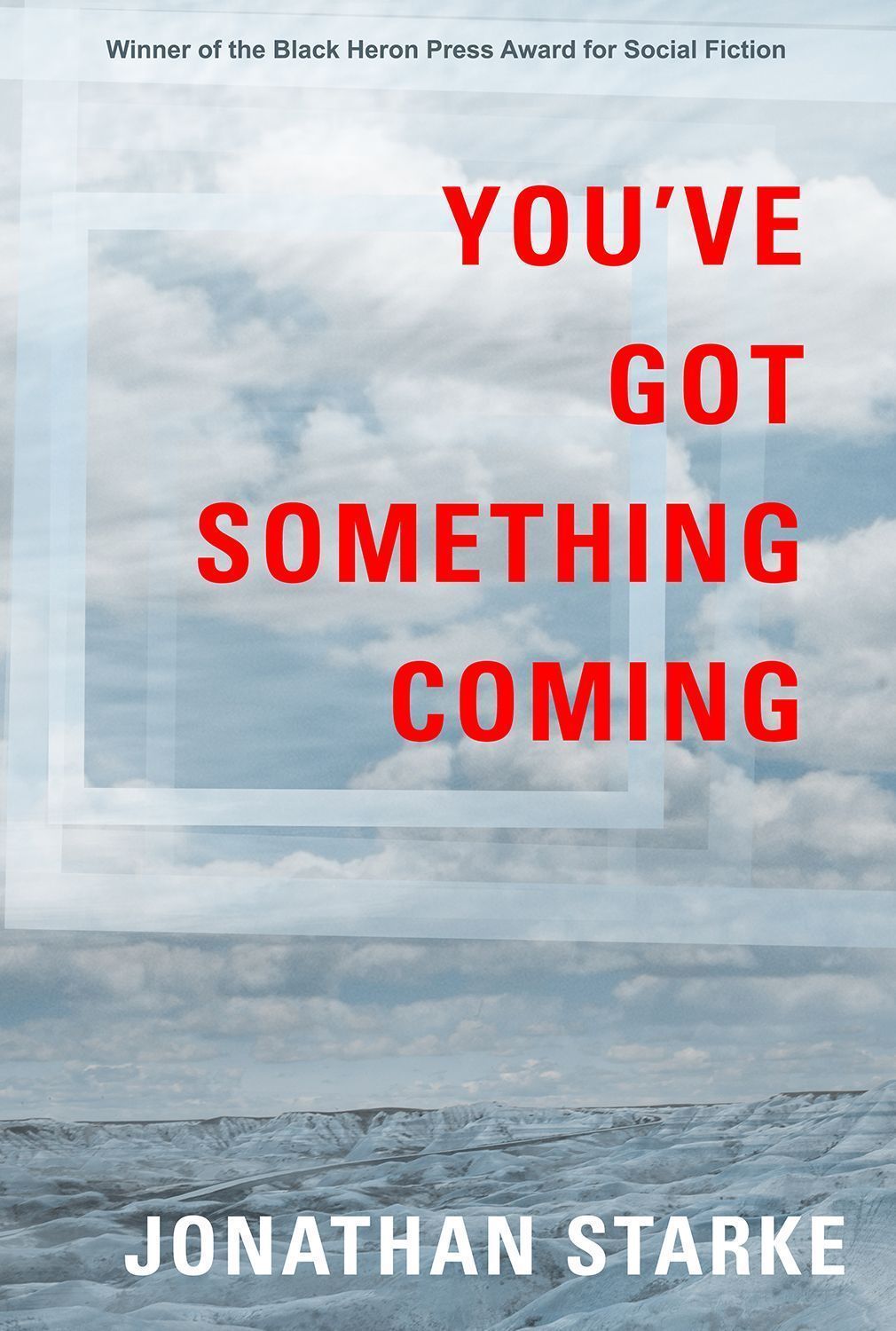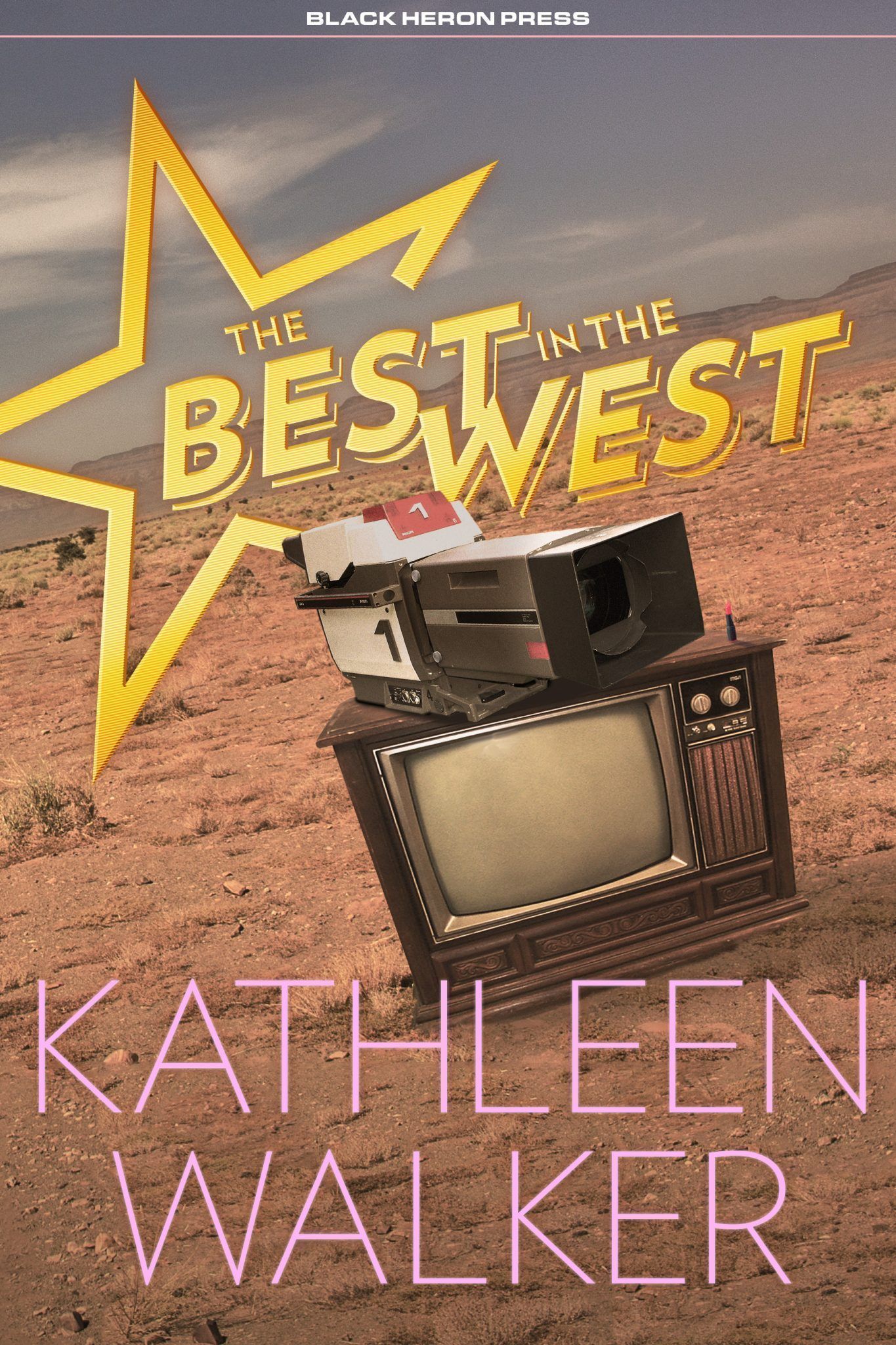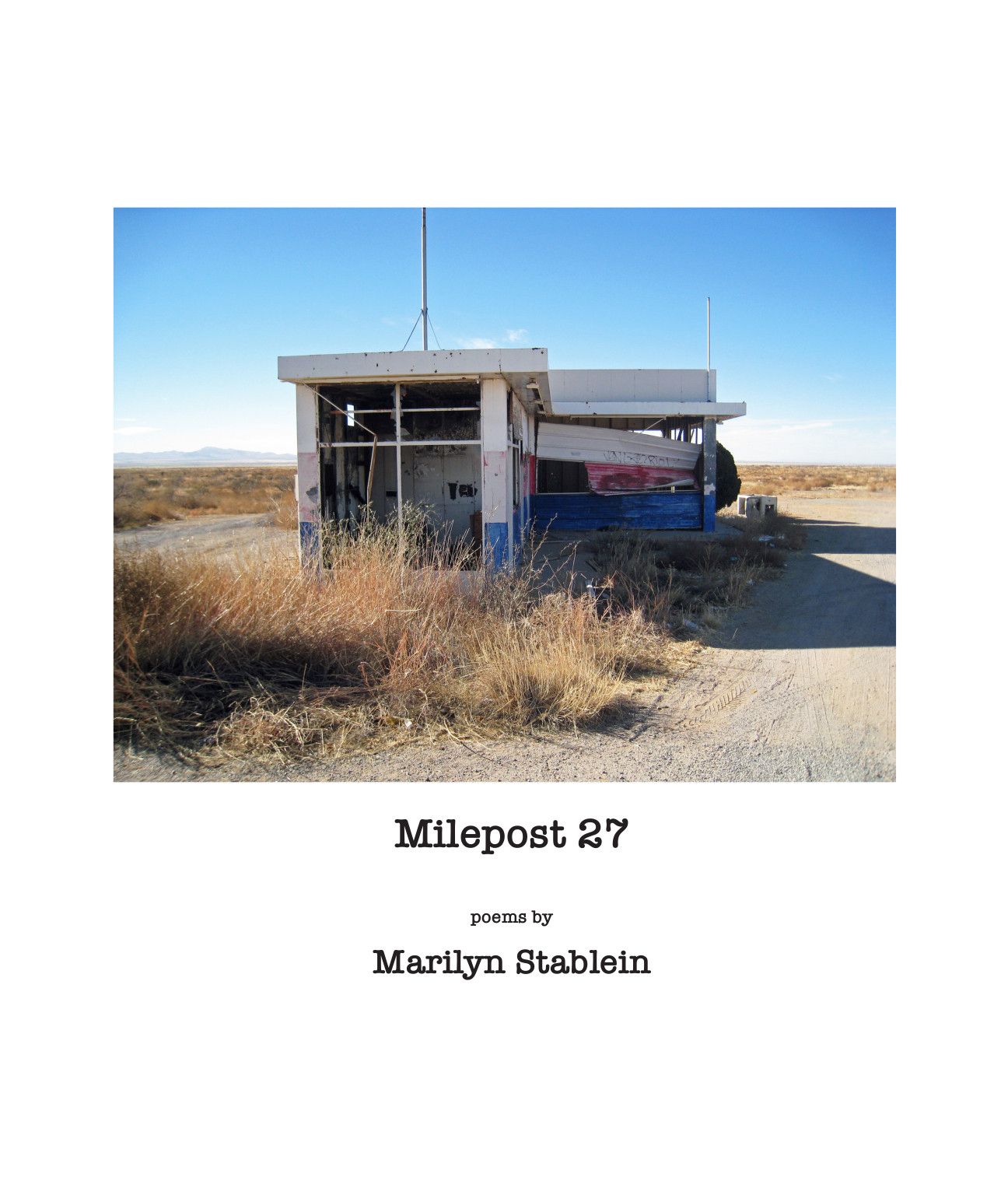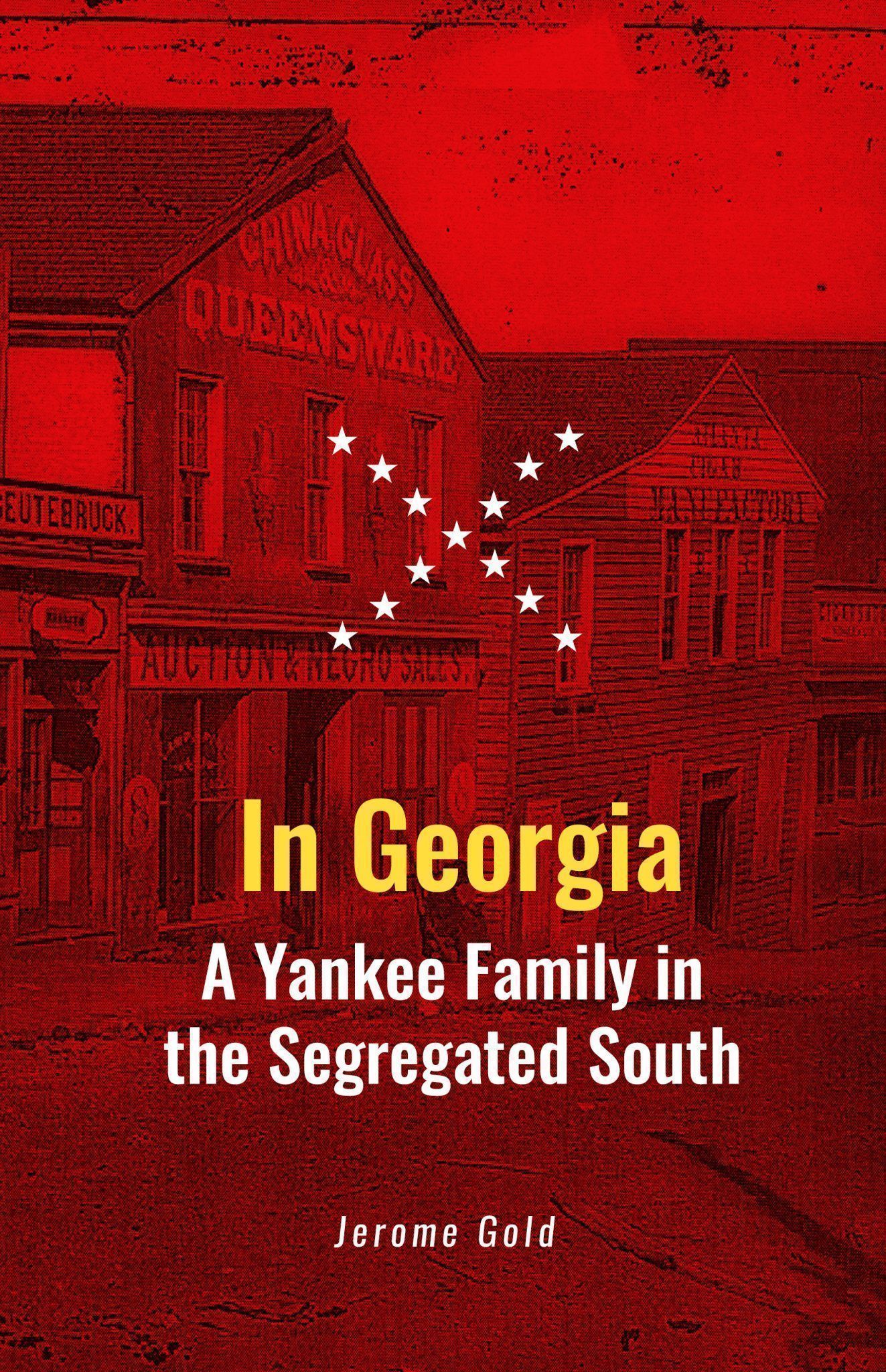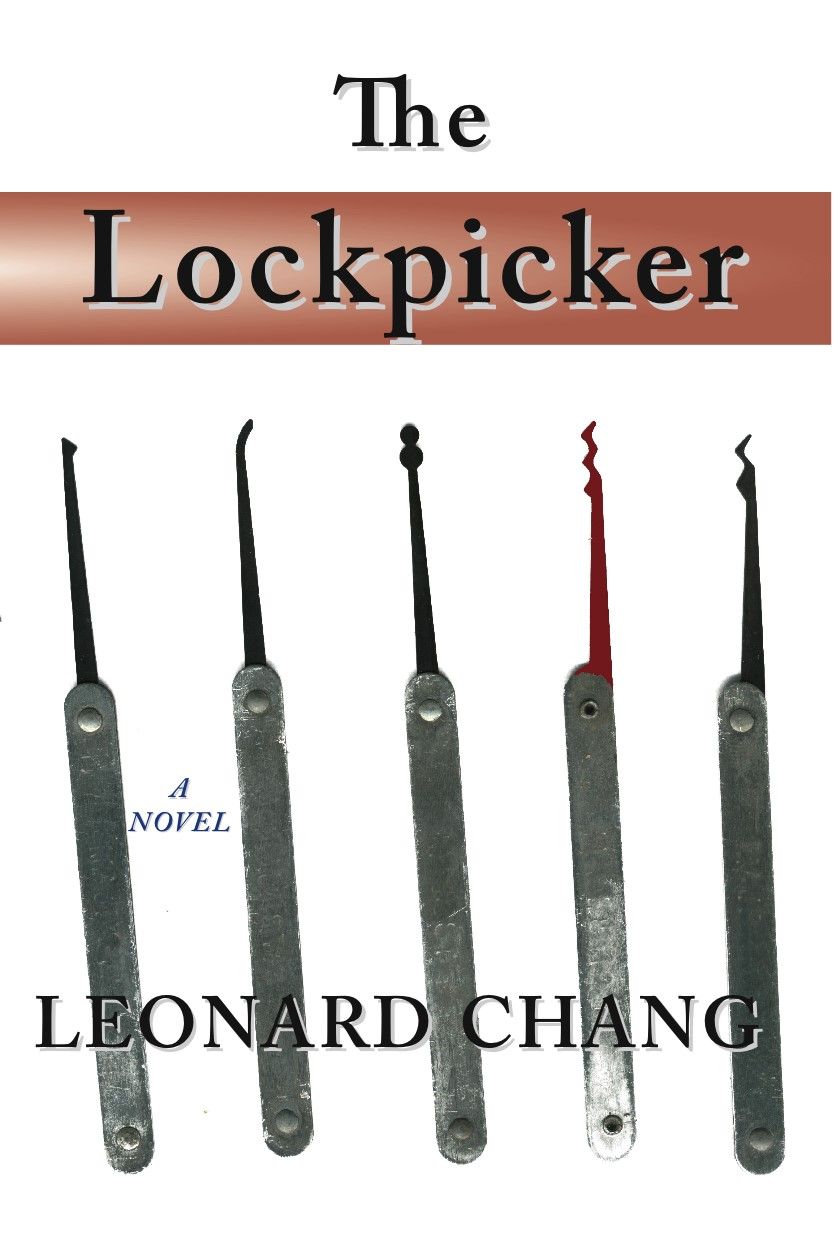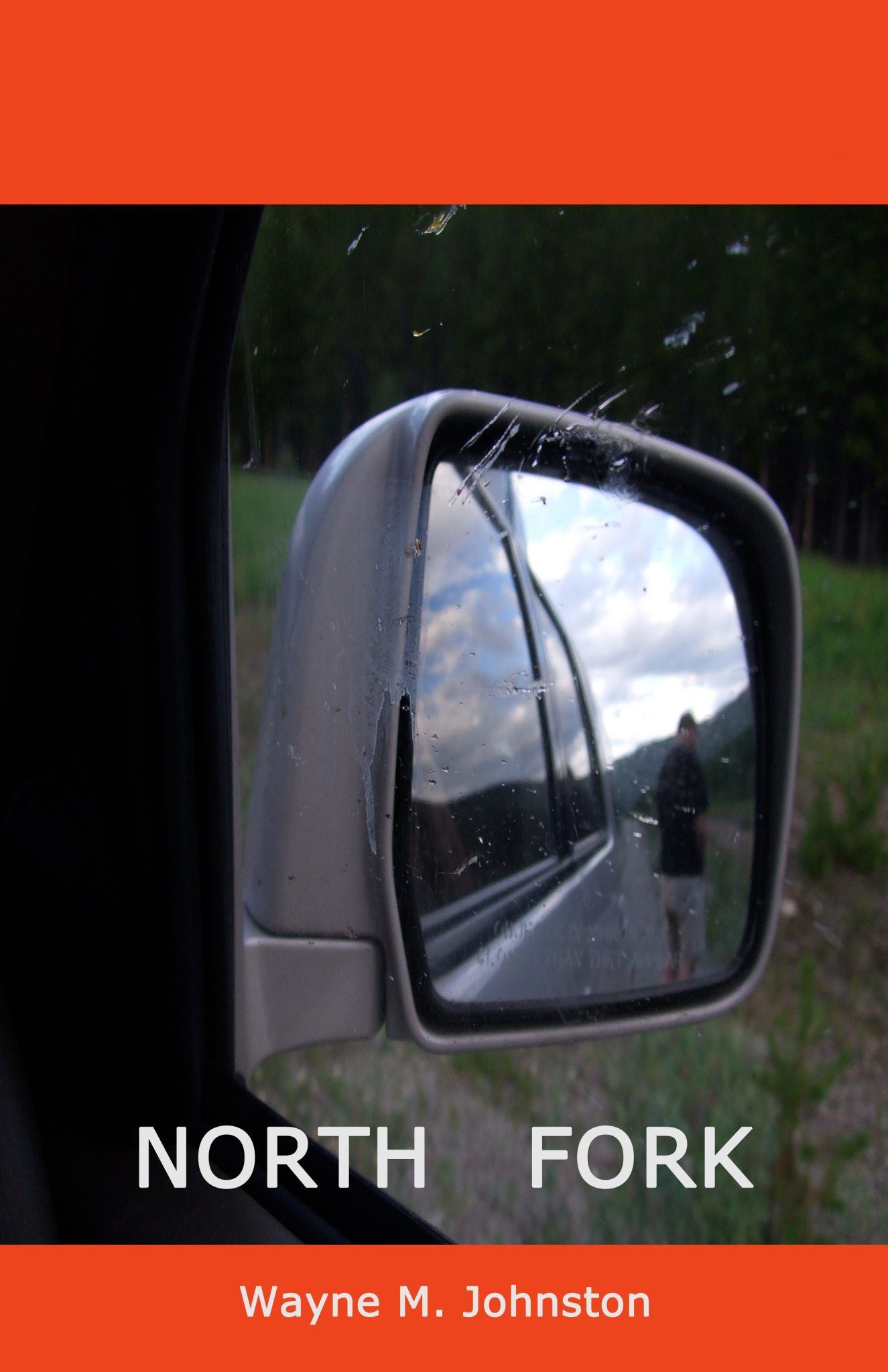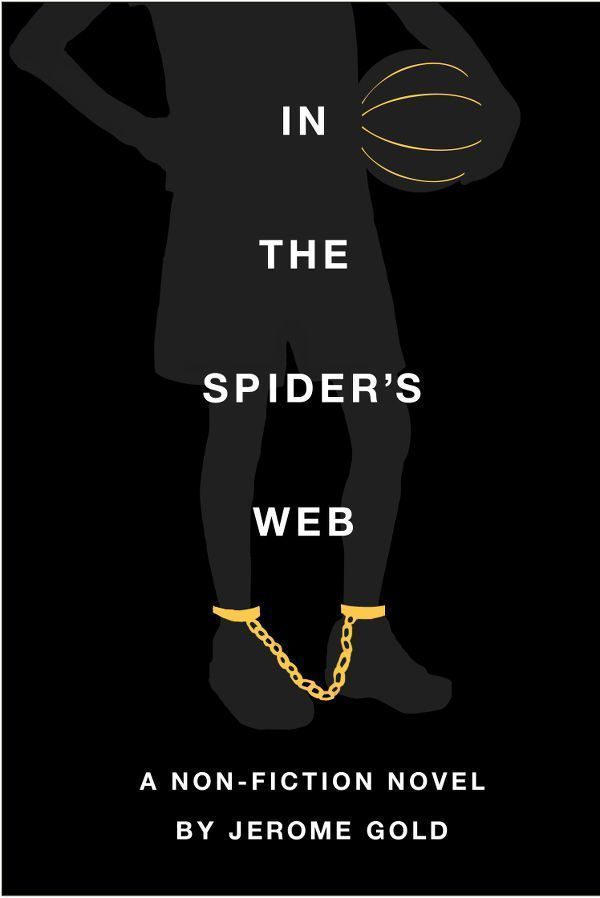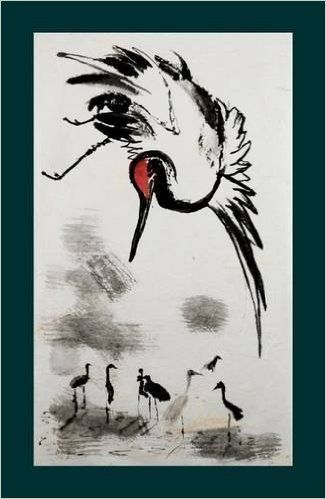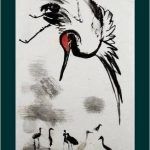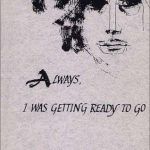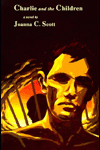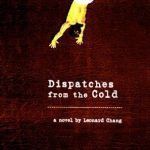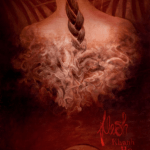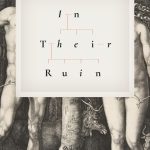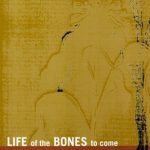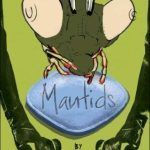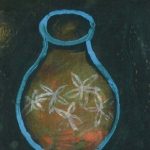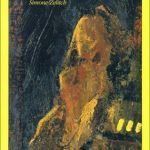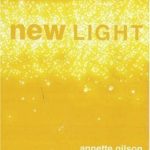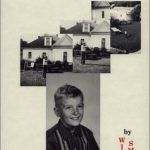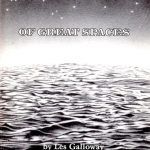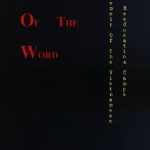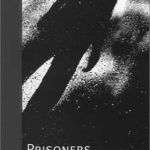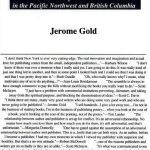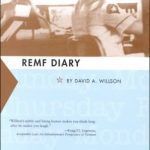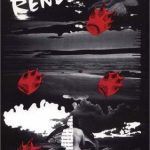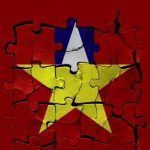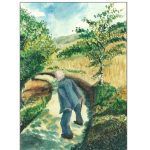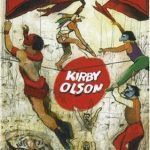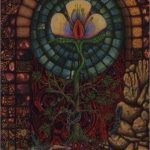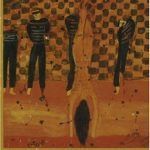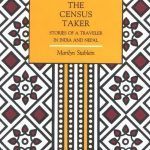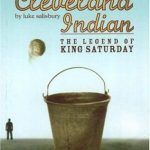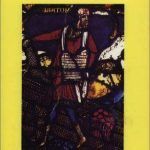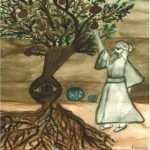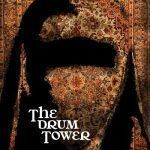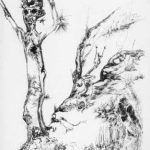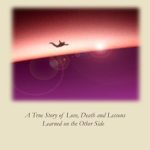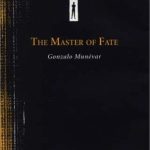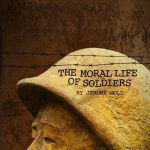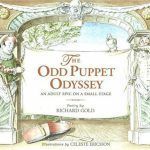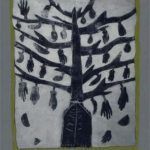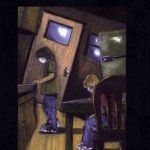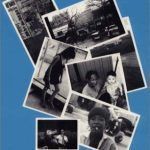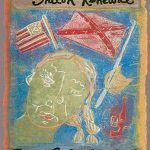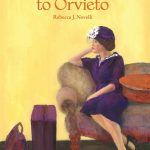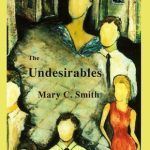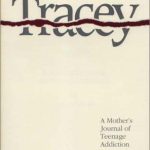Description
The Drum Tower by Farnoosh Moshiri
ISBN 978-1936364060
The Drum Tower is Farnoosh Moshiri’s fourth work of fiction concerned with the effects of the Iranian Revolution of 1979. This novel, narrated by a mentally ill, 16-year-old girl, depicts the fall of Drum Tower, the Tehran house of a family descended from generations of War Ministers. Rich in characters—Talkhoon, who struggles to control the winds she hears inside her head and who tells the story; Assad, a man made evil by his love for her; Anvar Angha, Talkhoon’s grandfather who has devoted his life to writing a book about the Simorgh (the mythical Persian bird of knowledge), but never completes it; Soraya, Talkhoon’s mother, whom we never meet but about whom myriad, contradictory stories abound—and rich in family secrets, this book chronicles the early days of the revolution, the ruthlessness and opportunism of the competing factions, the rise of the Revolutionary Guard, the chaos and murder in the streets of Tehran, the arrests and executions, as experienced by the members of this family. In American terms, The Drum Tower may be compared, favorably, to Gone with the Wind.
Farnoosh Moshiri was born into a literary family in Tehran. She was trained as a playwright and attended the University of Iowa’s creative writing program. She returned to Tehran when the revolution broke out, before the return of Ayatollah Khomeini. When the authorities gathered together Tehran’s playwrights, actors, directors and others associated with the theater and demanded they sign a document by which they would agree to write and produce only plays the authorities approved of, Ms. Moshiri and most of the others refused. From that point, she knew her life was in peril and went into hiding. Eventually she was able to escape to Afghanistan and then to India and the United States. She currently teaches and writes in Houston. She has won numerous awards, including three Black Heron Press Awards for Social Fiction,, two Barbara Deming Memorial Fund Fiction Awards, a Barthelme Fellowship in Nonfiction, a Florida Review Editors’ Prize for Creative Nonfiction, a Valiente Award for artists who have taken risks to speak out on issues of social justice, a Glenn Cambor/Inprint fellowship, and others.
Reviews
“One of the Best Books of 2014: In this gorgeously written book, ideologies spark war and old secrets are weapons, while the mythic Simorgh, the bird of knowledge, weaves through it all. It’s a heart-pounding rumination on knowledge, true and false, hidden and revealed, and contains one of the most dangerous villains I’ve read in ages. With her fourth novel, The Drum Tower, Iranian-born writer Farnoosh Moshiri has delivered a tale about knowledge: how it saves us, destroys, drives us mad or makes us realize, tragically, that it’s the rest of the world that’s crazy. In doing so, she’s written one of the year’s best novels. Talkhoon and her sister Taara live in Tehran in 1979 on their family’s Drum Tower estate, cared for by their grandfather Baba-Ji, a scholar obsessed with the Simorgh, the mythical bird of knowledge, and their grandmother Khanum-Jaan, a woman bitter about her husband’s lifelong obsession, yet superstitious in her own right. When Taara elopes, Talkhoon is written off as insane, confined to the basement of Drum Tower, and left at the mercy of her mad uncle Assad. He feeds her stories of her long-gone mother and absent father, and, in a horrific turn, of his lust for Talkhoon. Then, the country’s revolution comes. Moshiri, who fled Iran in 1983 during the persecution of the nation’s intellectuals, is a writer like Barbara Kingsolver, her work highlighting social issues of feminism and the destructive impacts of war. I have no idea why she’s without Kingsolver’s level of recognition. Her prose borders on poetry and with the story of Talkhoon, a girl frustrated at her inability to survive the revolution and escape Drum Tower because she doesn’t know how (she calls it a ‘lack of experience’), that lyrical quality makes the novel overflow with suspenseful ambiguity. Talkhoon’s inner demons aren’t labeled ‘madness’; they’re ‘the winds’ in her head. Is the Simorgh real? Baba-Ji tracks its histories around the world, but his writings on it are unfinished. Taara has visions of it, but she’s seemingly delirious, possibly altered by her experiences in elopement. In fact, if the Simorgh is at all real, it’s as a tattoo on Assad’s bloated stomach. As a man, Assad is slovenly and violent; as a character, he’s compelling. Moshiri slowly layers on his villainy from the beginning, but she also made me care for him. As I watched him learn his secret history, my heart went out to him as a sense of betrayal tinged his conversations with Talkhoon, and then I remembered that he wanted to rape her, and thought, ‘Can he die now please?’ Still, every time he left, I was left waiting about his return. That duality is the whole point of experiencing The Drum Tower. Assad is tragic, but horrible. Talkhoon is a survivor, but a fool. The revolution’s many factions have ideas to improve society that require denigrating thousands. When I finished the book, Talkhoon having found some scrap of enlightenment in the revolution’s madness, I couldn’t help but think that in The Drum Tower’s chaotic world, knowledge is a precarious thing, balanced on a knifepoint.”
—Eric Mayrhofer, Curious Animal, December 7, 2014
“Family secrets, letters to a ghost father, and the Simorgh, or mythical Bird of Knowledge, inspire this lyrical tale set in Tehran on the eve of the Iranian Revolution. When bitter, resentful matriarch Khanum-Jaan deems her 16-year-old granddaughter, Talkhoon, to be insane, she banishes her to the basement of Drum Tower, the family’s estate. Talkhoon spends her days avoiding the lustful advances of her uncle Assad, grieving her beloved Baba-Ji’s comalike state, and contemplating her mother’s mysterious, long ago disappearance and her father’s preference for political activism over taking care of his daughters. Talkhoon’s only sources of comfort derive from the memories of Baba-Ji’s obsessive writings about the Simorgh and the sweet, hypnotizing songs of her sister’s setar from her rooftop room: “Taara’s melodies and the soothing silence between them rippled in my dark head like the repeating wavelets of the calm sea.” When Talkhoon finally escapes, she comes upon a country in chaos, in the midst of revolution: “When the narrow alley opened onto a wide street, we saw the tanks approaching. Their metal bodies were muddy and they crawled toward us like legless animals, seemingly intent on rolling over us.” In the shadows of the streets of Tehran, Talkhoon and her sister must find a way to forge a new life, free from the talons of ancestral spirits, their family’s calculating lies and menacing nights of a country tearing at the seams. Moshiri (Creative Writing/Univ. of Houston-Downtown; Against Gravity, 2006, etc.) weaves her striking narrative with camphor-scented dreams, wish-granting poems and the twilight ritual of the sapphire feather, creating an intricate, unforgettable tapestry.”
—Kirkus Reviews, September 18, 2014
“Iranian-born novelist Moshiri (At the Wall of the Almighty) combines Persian history, sexual politics, and ancient lore in this gripping saga about the dissolution of an aristocratic Iranian family on the eve of the 1979 revolution. Set largely in an ancestral residence called the Drum Tower—“the biggest and oldest house in Tehran”—the story follows Talkhoon, one of two girls at the end of a line of government officials stretching back to the time of Nader Shah in the 18th century. Orphaned and deemed “crazy” following a failed suicide attempt, the16-year-old Talkhoon becomes a captive (and possible future wife) of Assad, a volatile man thought to be her uncle. While Assad, a member of the Revolutionary Guard, sets about converting the Drum Tower into a headquarters—plundering its treasures and evicting Talkhoon’s grandmother, Khanum-Jaan—Talkhoon plots her escape, even as she laments the fact that she will have to leave behind her comatose grandfather, Baba-Ji, a scholar obsessed with a mythical bird called the Simorgh. Talkhoon also ponders the whereabouts of her older sister, Taara, whose letters inform Talkhoon that she is both homeless and pregnant. Though Moshiri fails to develop Talkhoon’s professed and oft-referenced madness fully, she creates a memorable heroine. By shaving her head and dressing in men’s clothes to aid her escape, Talkhoon combats not only the oppression of theocratic government but also the strictures of gender.”
—Publishers Weekly, August 25, 2014
“Farnoosh Moshiri’s latest novel is set during the 1979 Iranian revolution against its monarchy. The Drum Tower isn’t a chronicle of the Ayatollah Ruholla Khomeni’s rise to govern the nation through Islam and its laws; instead, it brings Iran’s revolution to life through the eyes of Talkhoon, a young woman whose family fortunes have disintegrated. Moshiri’s choice of a first-person narrative and her well-honed ability to draw in the reader deliver a story that pulls away the curtain from Iran and the main players of history to reveal the revolution’s consequences for one extended family. Talkhoon—daughter of a Marxist whose wife mysteriously left the family, granddaughter to a bullying woman who has time for only Taara, Talkhoon’s beautiful sister—longs for change. Her family life is boring and her Uncle Assad’s unusual attentions scare her. When the revolutionaries begin to take over Tehran, Talkhooh’s home and family are set on the road to ruin, and she tries to escape. On this path, she uncovers her true family history, the ghosts of Drum Tower, and the violent past of her ancestors. From the stagnation of daily life to the family ghosts that wander the house’s halls, Talkhoon struggles to stay sane. She seeks freedom and must learn how to come to terms with abandonment by her mother, father, sister, uncles, and aunts. She sees her extended family as strangers because they all, in one way or another, left her behind. The mythic Simorgh, a bird akin to the phoenix, from Persian and Azeri folklore, symbolizes freedom to Talkhoon. The eventual discovery of her family’s secrets changes Talkhoon’s way of thinking, in effect burning up her prerevolution life. Her emergence out of that fire, and her struggles to reach a metaphorical rebirth, opens her mind to the possibilities of a life of freedom. Moshiri’s tale of the early days of Iran’s Shi’ite-controlled Muslim nation is expertly interwoven with Persian folk beliefs and history. She lets her characters speak for her concerning the revolution against the Shah of Iran. Moshiri’s prose is lyrical and smoothly fluid, and Talkhoon is a memorable heroine. The Drum Tower offers an intimate perspective on a major historical event, as well as finely developed characters, story, pacing, setting, and themes.”
—Kate Wilson, Book Trust, November 6, 2014
“The Drum Tower by Farnoosh Moshiri (Black Heron Press) is her fourth work of fiction and it has already won an award as well as being nominated for a PEN/Faulkner Award. It is a story narrated by a 16-year-old girl, depicting the fall of Drum Tower, the house of a family descended from generations of War Ministers to the rulers of Iran. Peopled by interesting characters, it chronicles the early days of the Islamic Revolution that occurred in 1979 and overthrew the shah. We become witnesses to the competition of the competing factions and the rise of the Revolutionary Guard, along with chaos and murder in the streets of Tehran, as well as the arrests and executions of members of her family. In many ways, this provides a far more graphic look at what occurred than just a straight history as you join the narrator trapped in a labyrinth of family history and the turmoil of the revolution that affects current events. Superbly written, I am happy to recommend it.”
—Alan Caruba, Bookviews—December 2014
“The Drum Tower centres around an aristocratic family haunted by the Simorgh on the eve of the 1979 revolution. Its patriarch has squandered the family fortune by spending decades writing a tome dedicated to the legend of the bird, and perches obsessively on a local hilltop waiting for its arrival. Furious at a life ruined by the bird’s hold on her husband, Khanoom neglects Talkhoon, the granddaughter left in her care, and lavishes her attention on a parrot. Moshiri, who is the niece of one of Iran’s foremost 20th-century poets, began writing fiction and poetry before she fled Iran in the 1980s, and the loss of identity permeates much of her work. Many pages of The Drum Tower are devoted to revolutionary themes, the way religious zealotry borders on mental illness, bitter class divisions, and families splintered by ideology. This is well-trodden ground but made compelling by Moshiri’s dark humor and keen emotional insight. Much of the story charts Talkhoon’s attempts to escape the family’s ancestral home—the Drum Tower of the title. As for Khanoom, she ultimately faces the worst thing that could befall a French-speaking aristocrat: a son seduced by jihad… Moshiri is gifted at rendering the tartness of Persian dialogue in English and uncovers acute connections between the mythic past and contemporary events… [She] wrestles with the meaning of the Simorgh: ‘If the bird was Virtue, Justice, Truth, Knowledge, Humanity, Art, the promised Savior, one of the forms of the numerous shapes of God, no one had done much to discover this.’ One feels that, for her, the Simorgh is a repository of knowledge and a possessor of particular secrets: why freedom eludes Iran and why Iranian families visit such violence upon one another. The fact that [Moshiri has] returned to the myth of the Simorgh is a reminder that, despite centuries of Islam, the country’s pre-Islamic past still has a fierce hold on contemporary Iranian identity…”
—Azadeh Moaveni, Financial Times, December 5, 2014
“The publishers are selling Moshiri as “Iran’s Solzhenitsyn”, which is a fair assessment of her intellect and breadth of vision—but I never enjoyed a book by Solzhenitsyn and I enjoyed The Drum Tower immensely. The truth is that Moshiri is a force in her own right; before the revolution of 1979 she was well known as a feminist writer, and fled Iran when the new ultra-religious government started arresting intellectuals. The child Talkhoon and her sister live in the Drum Tower, decaying mansion in Tehran. Talkhoon has been through some kind of mental storm and lives in the basement as a virtual prisoner. Her mother vanished when she was a baby, her father is in hiding, her scholarly grandfather has gone mad. The dying days of the Shah in the 1970s are brilliantly and unforgettably evoked, and the story is drenched in the beautiful legends of ancient Persia.”
—The Times of London, January 4, 2015
“A compelling read from beginning to end, The Drum Tower is an expertly crafted novel and denotes author Farnoosh Moshiri as a major literary talent who can deftly embed truly memorable characters into a complexly woven story replete with historical details. Very highly recommended for personal reading lists and community library General Fiction collections.”
—Susan Bethany, The Midwest Book Review
“She is Iran’s Solzhenitsyn. Ms. Moshiri’s first novel, At the Wall of the Almighty, remains an unrecognized masterpiece. One might have hoped its grudgingly won reputation, and the trail of her fiction, would have led the critics to her. The Drum Tower, her latest work, may well light the way. What characters, what language. The novel just flows, evolving from something ancient and primordial into a modern transcendent voice. Honestly, if I awoke some morning to find she had won the Nobel, I wouldn’t be at all surprised.”
—Juris Jurjevics, author of Red Flags and The Trudeau Vector
“A terrifying, brave, wise novel, The Drum Tower is about far more than the revolution n Iran. It is about a girl who is trapped in a labyrinth of family history and mythology who has the courage to find her way out. Farnoosh Moshiri celebrates a deeper revolution in prose that I would follow anywhere.”
—Simone Zelitch, author of Louisa and Moses in Sinai.
Additional Information
Click HERE to do a search for this book. You will find more information, reviews and additional purchase locations.


